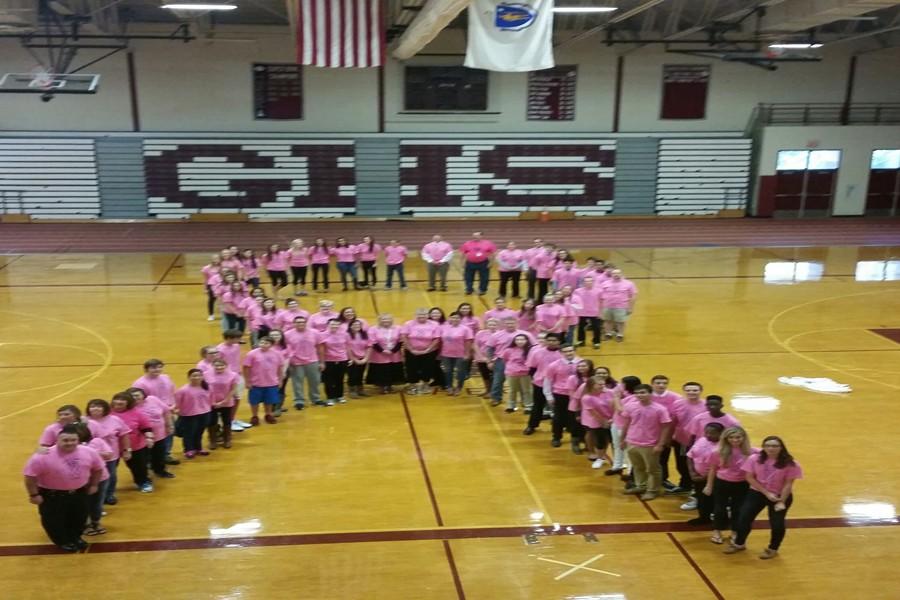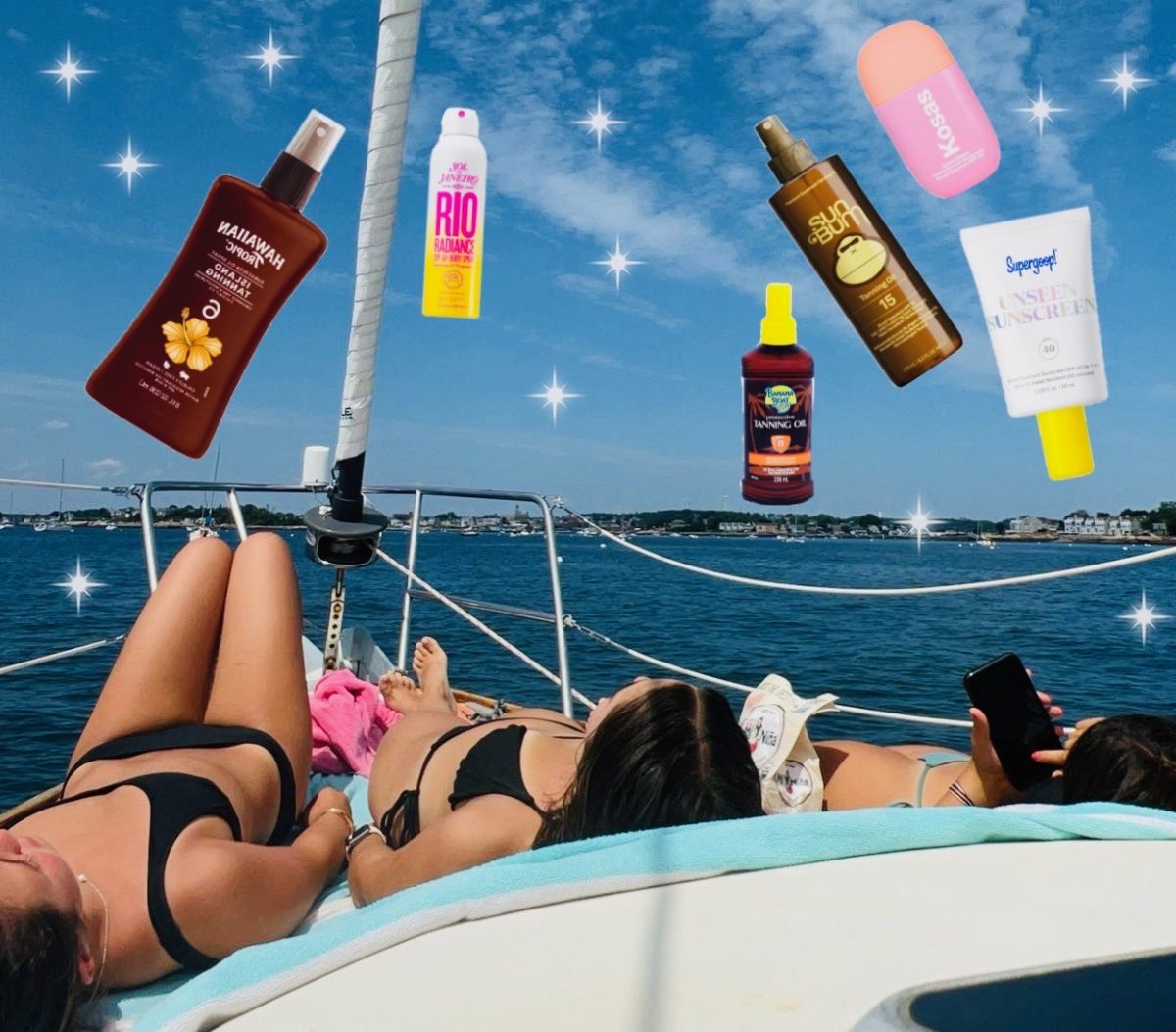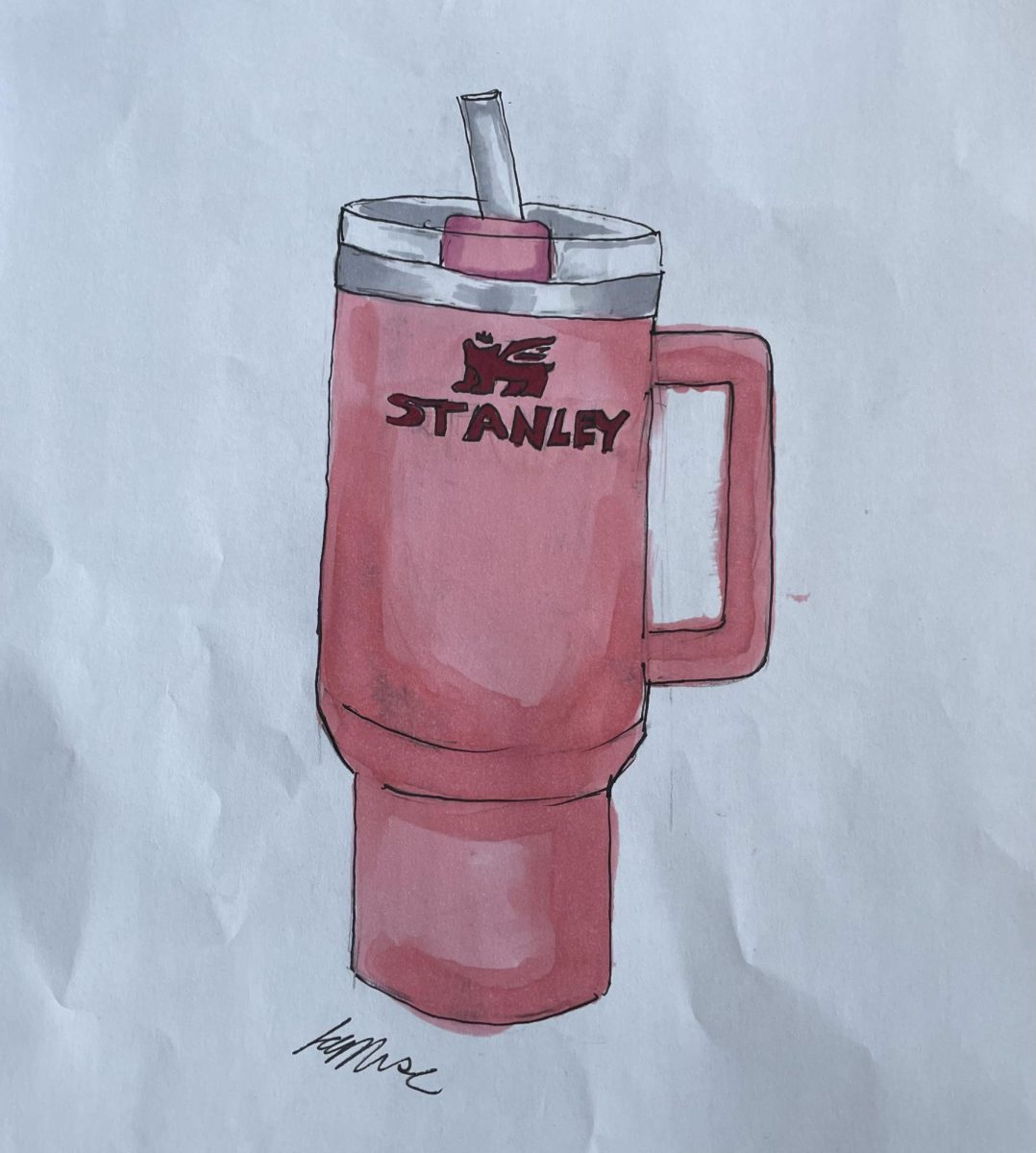Not just a coveted award by professional hockey players, the Stanley Cup has sparked a nationwide craze over the cup-holder-fitting water bottle. Past internet crazes and viral trends have sparked a boom in the water bottle industry. Viral videos showing crazed customers clamoring for limited edition colors have taken the internet by storm. But what makes the Stanley water bottle so stampede worthy?
How was it made popular?
Made popular through “influencers” and TikTok (shocker), the Stanley was a top Christmas gift this year for teens. The Stanley is no better than the HydroFlask, so why are people spending over $40 for one? The introduction of the “-Tok” trend has fed into this as well, with “WaterTok” being a trending hashtag and social media trend. Aesthetics such as the “Clean Girl” or the “It Girl” both require a Stanley Cup to feel complete in the look. In this, the cup and company markets itself. The teen demographic today is obsessed with “aesthetics” and having life being “aesthetically pleasing”, and Stanley feeds into that obsession. The health trend gateway that drinking more water equals self-care capitalizes on the obsession, putting the idea into the heads of many that this cup is needed to maintain a healthy lifestyle.
Why is it so great?
Stanley was established as a water bottle company over 100 years ago, promising to create high-quality water bottles that keep hot and cold things as they are—what water bottles are supposed to do. The most popular style is the 40 oz model, which is designed to fit your car cup holder. Other companies like Hyroflask have models with just as much water capacity, but their straight design hinders the ability of the bottle to be secured while driving. The cup is also advertised as indestructible and lasts a lifetime, which begs the question; Does the average consumer need more than one?
History of Water Bottle Buying
But why do micro-trends exist? and with water bottles of all things? We saw what the 2019 “VSCO” phase did to the profits for “HydroFlask” and even earlier with the 2010s trend of Yeti cups and tumblers. Problems with overconsumption and microtrends are pretty easily identifiable in the fashion industry (which is an issue unto itself), but are people paying attention to the same effects with water bottles? Companies like Thermos, S’wells, Corkcicle, and Kleen Kanteen have had a drastic decrease in sales in comparison to the Stanley brand.
Dangers of the Stanley
Another layer to this Stanley Cup craze is the fact that the bottom of the cup contains a lead disc coated with titanium. Although a small amount, if the bottom seal is broken, it could lead to a harmful seep of chemicals in your drink of choice. Other companies have come out to boost their platforms saying that their water bottles have never and will never have lead included, yet people still opt for the Stanley over companies that pledge to be lead-free.
Stanley claims that including the lead is cheaper than using full titanium, so why are the water bottles upwards of $40 each?











![The GHS/MERHS senior cross country runners pose together on Senior Night. [Photo courtesy of Manchester-Essex Athletics]](https://thegillnetter.com/wp-content/uploads/2025/10/Screenshot-2025-10-10-at-11.18.29-AM.png)




















